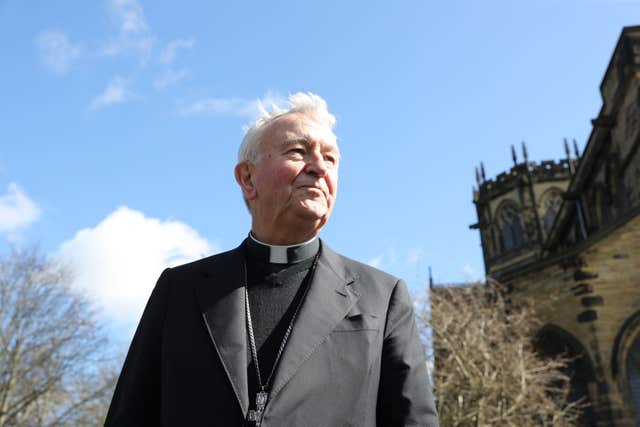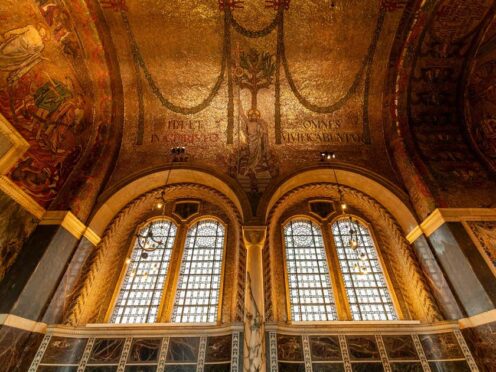Catholic bishops in England and Wales have issued new guidance stating that medical intervention for gender-questioning children should not be supported and social transitioning for the youngest should be avoided.
Those behind what is described as a pastoral reflection on gender insisted transgender people can feel welcome in the Catholic Church and said they wish to use “gentle, patient and respectful” language on an often-polarised subject.
Earlier this month, the Vatican published a declaration on various issues including repeating its rejection of “gender theory” or the idea that one’s gender can be changed.

It said God created man and woman as biologically different, separate beings, and said they must not change that plan or try to “make oneself God”.
“It follows that any sex-change intervention, as a rule, risks threatening the unique dignity the person has received from the moment of conception,” that document said.
The pastoral reflection from the Catholic Bishops of England and Wales had been two years in the making and its timing with the Vatican declaration was coincidental, Archbishop of Westminster, Cardinal Vincent Nichols said.
He told reporters on Wednesday that the two documents are in “absolute harmony”.
The pastoral document stated: “There are some children and young people who experience gender incongruence/dysphoria.
“Pastoral accompaniment must flow from an acceptance and celebration of the body as created, respect for parents as primary educators and uphold best practice in terms of safeguarding principles.
“Medical intervention for children should not be supported. Social ‘transition’ can have a formative effect on a child’s development and this should be avoided with young children.”
Earlier this month, the Cass Review into gender care for children in NHS England concluded that it is currently an area of “remarkably weak evidence” and young people have been caught up in a “stormy social discourse”.
The review also said children who socially transitioned – changing names, pronouns etc – at an earlier age or before being seen in clinic “were more likely to proceed to a medical pathway”.
Asked if transgender people reading the new pastoral document should feel welcome in the Catholic Church, Bishop of Northampton David Oakley, who led the work, said: “I think it would be wrong to suggest that transgender people aren’t welcome in the church, they very much are.
“And I don’t think that the document denies their identity. Although it does try and walk this delicate path, between what (the Book of) Revelation teaches us and what the human condition today is experiencing.”
Asked about language and the use of the phrase “gender ideology”, he added: “We honour and respect those who are transgender, frankly, and we’re just trying to walk a way that enables a real pastoral solicitude towards them.
“So we try not to get into the kind of cultural wars that are around some of these terms.”
The document states: “Gender Identity Theory proposes that it is ‘inner gender identity’ rather than biological sex that makes a person a man or a women (or neither).
“This view leads to a dualistic understanding that separates the material from the spiritual and raises pastoral challenges for the Church, as well as the fields of law, medicine, education, business and religious freedom.
“With Pope Francis, we distinguish pastoral care of the person experiencing these struggles and ‘[trans]gender ideology’.”
The document was issued by the Catholic bishops of England and Wales following their latest plenary meeting in recent weeks.
A plenary meeting takes place twice a year and sees Catholic bishops gather together to discuss and decide on issues relating to the church in England and Wales.
Bishop Oakley said the issue is a very real one for priests in local communities, saying almost all 150 clergy members had raised their hands when he asked at a session how many had encountered gender dysphoria in their pastoral ministry.
He said: “I think there’s a way in which this document will be a very helpful support to parish priests, and I’m thinking of parish priests, and assistant priests and deacons.”
The pastoral reflection is aimed at parents and families “seeking to guide their children and pass on the truth regarding the human person”; those “who struggle with their identity as male or female” and anyone who is questioning “the diverse and confusing views that are put forward about the human person, gender and sex, in the educational, medical, legal and political fields”.
